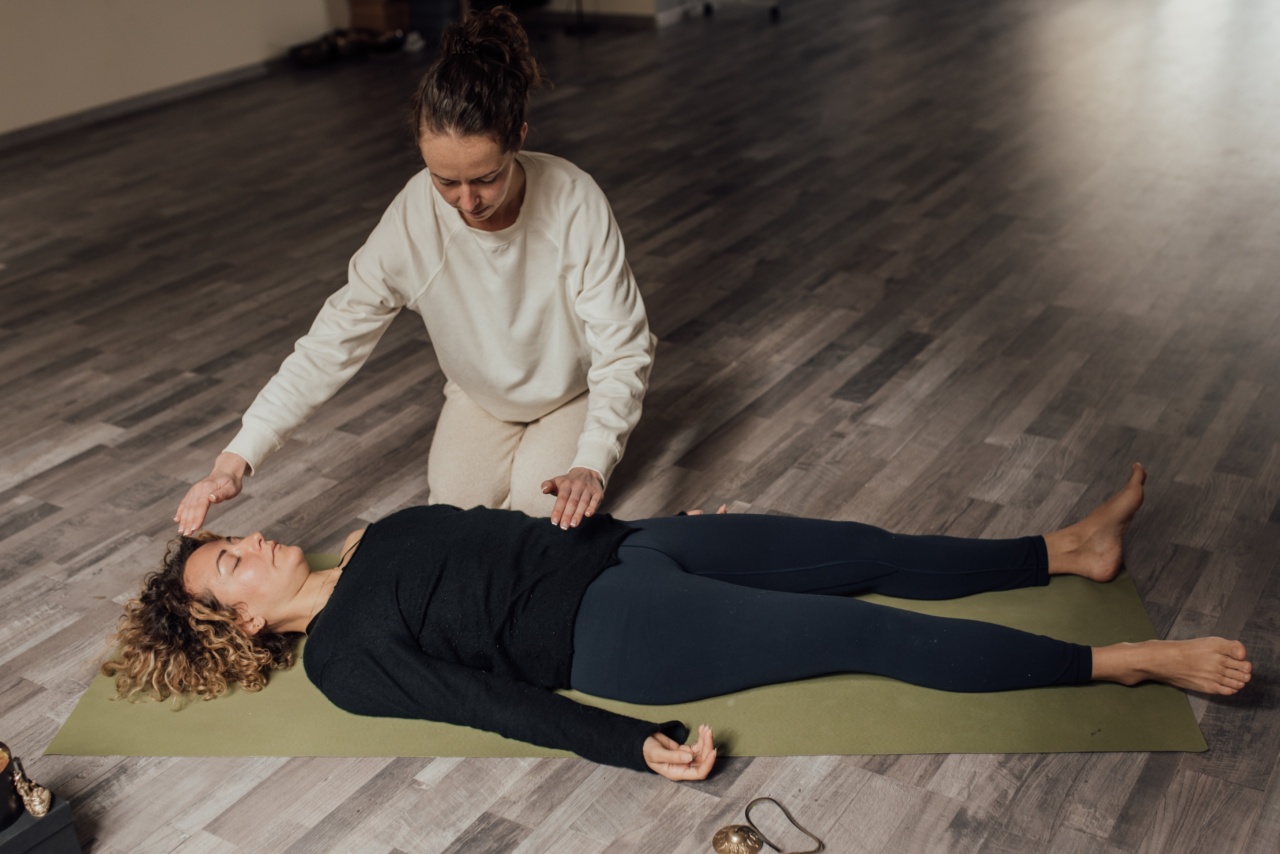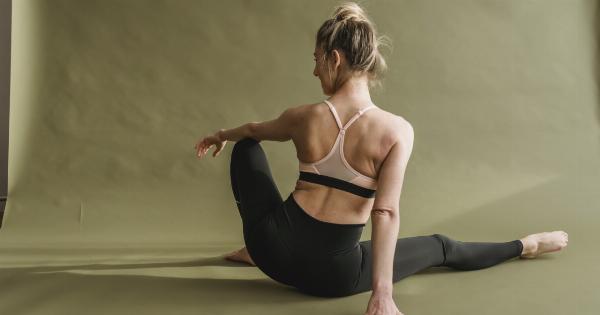IBS is a chronic digestive disorder that affects the large intestine and causes unpleasant symptoms such as abdominal pain, bloating, gas, diarrhea, and constipation.
Although the exact cause of IBS is still unknown, there are several factors that could trigger or exacerbate the symptoms, including stress, certain foods, medications, hormonal changes, and lifestyle habits. People with IBS may experience mild to severe symptoms, which can negatively impact their daily lives and emotional wellbeing.
The Role of Yoga in Managing IBS Symptoms
Yoga is an ancient practice that involves physical postures, breathing techniques, and meditation. It has been shown to have numerous health benefits, including stress reduction, improved digestion, and better bowel function.
Yoga can also help people with IBS manage their symptoms and enhance their overall quality of life. Here are some ways in which yoga can help:.
Relieving Stress and Anxiety
Stress is a well-known trigger for IBS symptoms, and many people with IBS report feeling anxious and overwhelmed.
Yoga has been shown to be an effective tool for reducing stress and anxiety, both in healthy individuals and in those with medical conditions. The practice of yoga involves deep breathing, relaxation, and mindfulness meditation, which can all help calm the mind and decrease the physiological response to stress.
By reducing stress and anxiety, people with IBS may experience fewer symptoms and better quality of life.
Improving Digestion and Bowel Function
Yoga postures (asanas) can stimulate digestive function and promote regular bowel movements. Certain poses can help stretch and massage the abdominal muscles, which can improve circulation, reduce bloating, and enhance the elimination of waste products.
In addition, breathing exercises (pranayama) can help regulate the autonomic nervous system, which controls the digestive process. By practicing yoga regularly, people with IBS may experience better bowel function and fewer digestive problems.
Enhancing Body Awareness and Mindfulness
Yoga can help increase body awareness and mindfulness, which can promote a better understanding of one’s own body and its needs.
By tuning in to their physical sensations and emotions, people with IBS may be better able to identify and manage their symptoms. They may also learn to adopt a more compassionate and accepting attitude towards themselves, which can reduce the psychological distress often associated with IBS.
Yoga Poses for IBS Relief
While there is no one-size-fits-all yoga routine for IBS, there are several poses that can be helpful in relieving the symptoms. These poses should be practiced gently and slowly, with the breath as the guide.
It is always important to listen to your body and avoid any movements that cause pain or discomfort. Here are some yoga poses that may be beneficial:.
1. Cat-Cow Stretch
This gentle spinal movement can help relieve tension in the back and abdomen, as well as stimulate digestion. Begin in a tabletop position with your wrists under your shoulders and your knees under your hips.
Inhale and arch your spine, lifting your tailbone, belly, and chest towards the ceiling (Cow Pose). Exhale and round your spine, tucking your chin towards your chest and bringing your tailbone towards your knees (Cat Pose). Repeat for a few breaths.
2. Seated Twist
This pose can help massage the internal organs and stimulate bowel movements. Sit on the floor with your legs extended in front of you. Bend your right knee and place your foot on the outside of your left thigh. Inhale and lengthen your spine.
Exhale and twist towards your right, placing your left hand on your right knee and your right hand behind you. Hold for a few breaths and repeat on the other side.
3. Child’s Pose
This resting pose can help calm the mind and stretch the back muscles. Kneel on the floor and sit back on your heels, with your big toes touching. Fold forward and rest your forehead on the floor or on a pillow.
Extend your arms in front of you or place them at your sides. Breathe deeply and relax for several breaths.
4. Bridge Pose
This pose can help strengthen the back muscles and stimulate digestion. Lie on your back with your knees bent and your feet hip-width apart. Inhale and lift your hips towards the ceiling, pressing your feet and shoulders into the floor.
Clasp your hands under your back and roll your shoulders underneath you. Hold for a few breaths and release.
5. Corpse Pose
This final resting pose can help integrate the benefits of the previous poses and promote relaxation. Lie on your back with your legs extended and your arms at your sides, palms facing up.
Close your eyes and breathe deeply and slowly, allowing your body to relax completely. Stay in the pose for several minutes.
Conclusion
Yoga can be a useful tool for managing the symptoms of IBS and improving overall wellbeing. By reducing stress, improving digestion, and promoting body awareness, yoga can help people with IBS feel better physically and emotionally.
However, it is important to remember that yoga should be practiced in conjunction with other medical treatments and lifestyle modifications, as IBS is a complex and individual condition.






























